The Col du Tourmalet: 30 facts about the Tour de France's most-visited climb
Feared Pyrenean climb makes its 61st appearance in the Tour de France in 2024
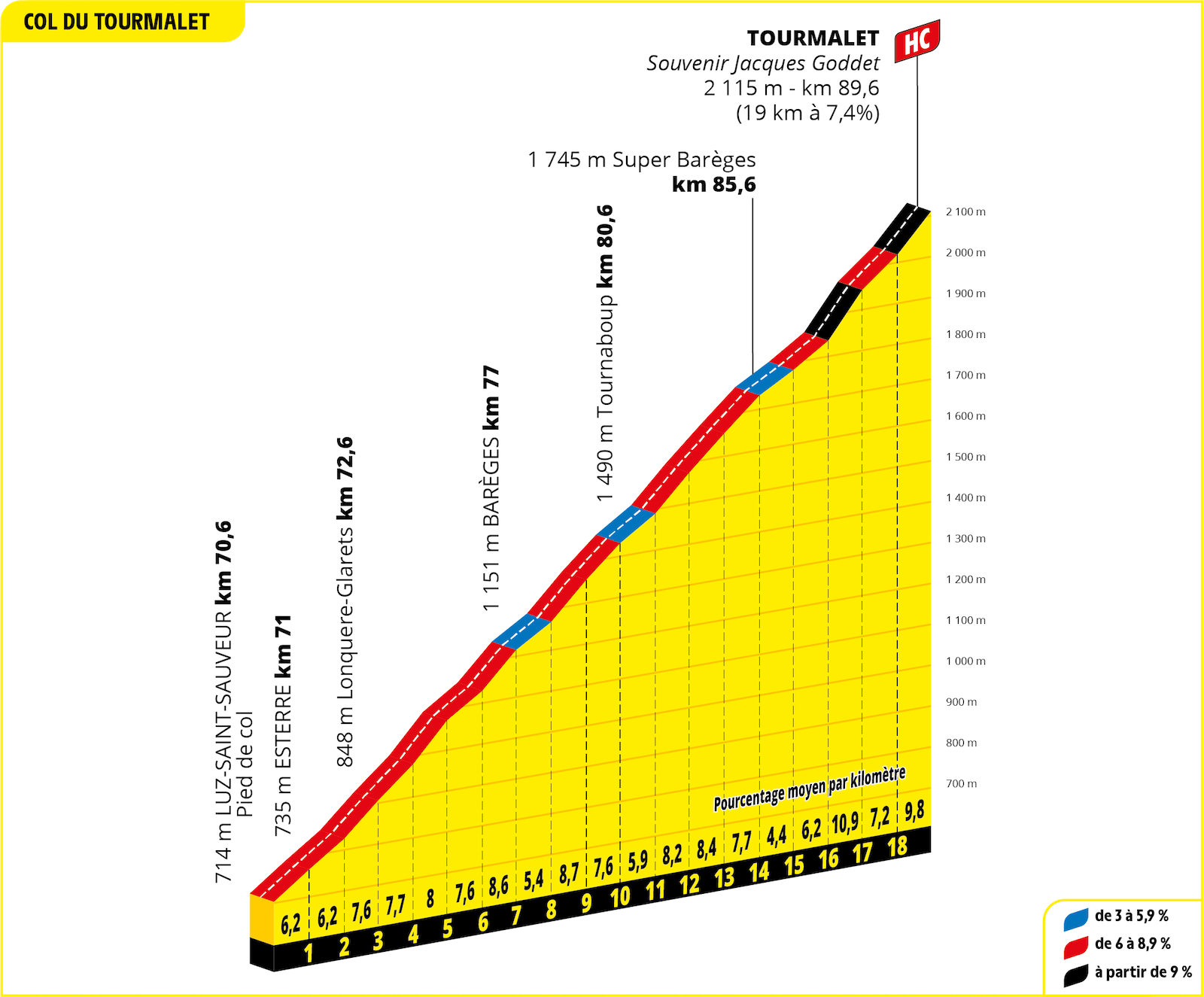

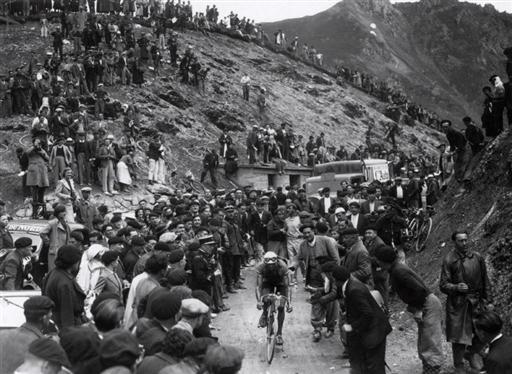
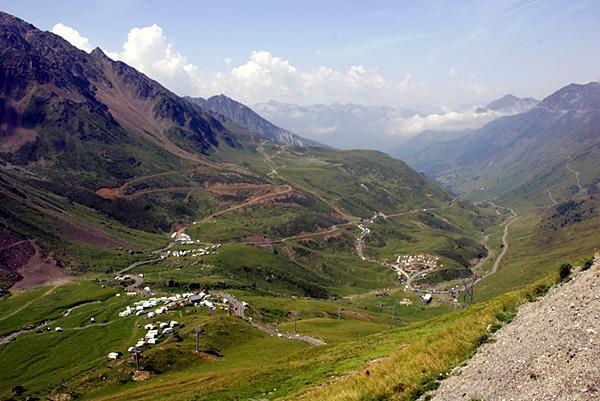

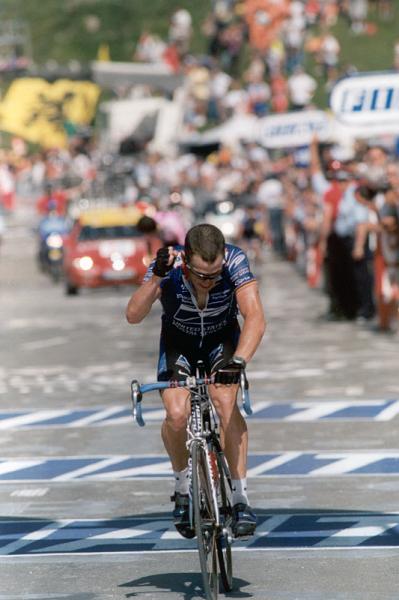
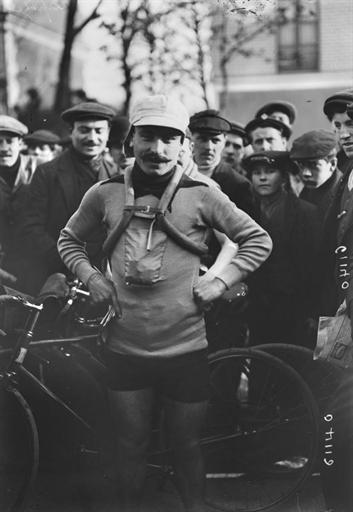
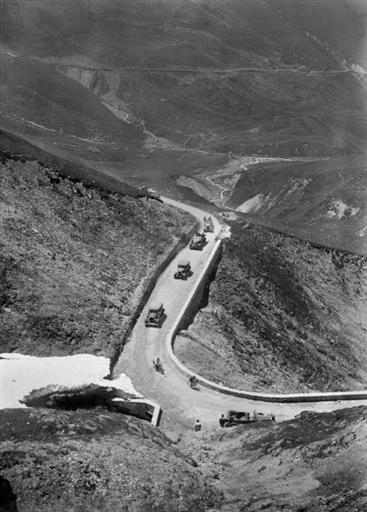
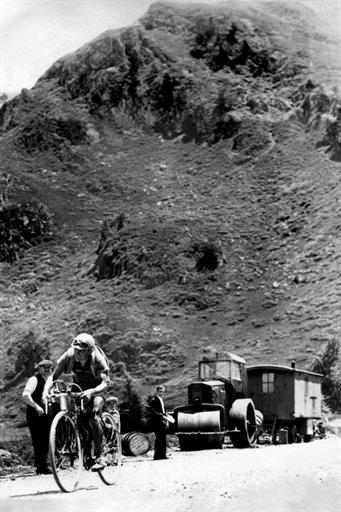
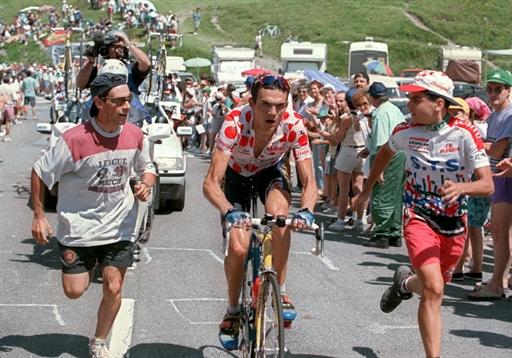
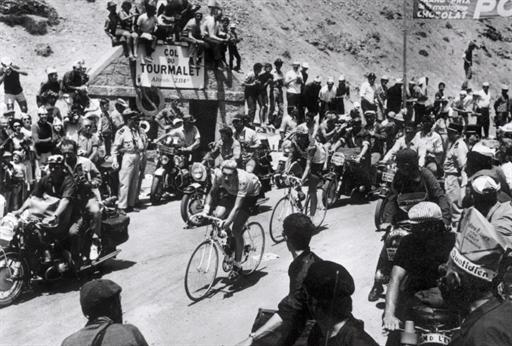
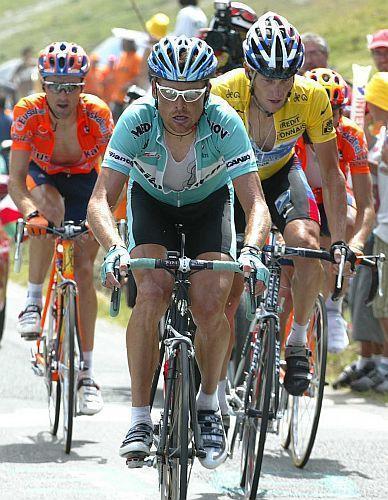
The legendary Col du Tourmalet climb has been part of the race since 1910 when it was first introduced in stage 10 by race director Henri Desgrange as the capstone to what would be referred to as the "Circle of Death": the Pyrenean foursome of the Col de Peyresourde, Col d'Aspin, Col du Tourmalet and the Col d'Aubisque.
Fifty-nine brave souls set out that July 21st morning to tackle the monstrous stage and the Col du Tourmalet's mystique was born. The race will appear on stage 14 of the 2024 Tour de France with a finish on the Pla d'Adet.
Cyclingnews found 30 facts about the iconic Col du Tourmalet's role in Tours past for the 100th anniversary of the climb's appearance in 2010, and updated this feature with more current data.
- The Col du Tourmalet made its first appearance in 1910 and celebrates its 100th anniversary as part of the Tour de France in 2010.
- Octave Lapize was the first rider to cross the Col du Tourmalet in the 1910 Tour de France, having to walk much of the dirt road ascent. Lapize would win the stage and later the overall GC, the Frenchman's only Tour de France triumph.
- Lapize is noted for calling Tour officials "assassins" during the stage after tackling the Tourmalet.
- That first stage to use the Tourmalet, in 1910, was 326km long and also climbed the Peyresourde (1,569m), the Aspin (1,489m), the Aubisque (1,709m) and the Osquich (390m). Incredibly, that stage was not the longest of the Tour in 1910. The 14th stage from Brest to Caen stretched an unbelievable 424km and was also won by Lapize in 14 hours and 38 minutes.
- The 2019 Tour de France's stage 14 was the third time in Tour history that the Col du Tourmalet has hosted a summit finish.
- La Mongie, situated 4.5km below the Col du Tourmalet summit on the east side, has hosted three stage finishes.
- Two statues are situated at the Col du Tourmalet summit: a Jacques Goddet memorial and the Geant de Tourmalet.
- At 2,115m, the Col du Tourmalet is not often the highest point of the Tour de France. It has been the Souvenir Henri Desgranges nine times.
- The Col du Tourmalet has appeared in the same Tour de France on two separate stages three times in 1970, 1974 and 2010.
- The Col du Tourmalet is the most utilized of any peak in the Tour with 60 appearances so far.
- The last rider to crest the Col du Tourmalet first and win the Tour the same year was Andy Schleck in 2010, although he only won the Tour after Alberto Contador was disqualified for a positive doping test. Before him, Eddy Merckx was the last to manage this feat in 1969.

- Lance Armstrong won at La Mongie in 2002 as part of his overall victory, but the race didn't go all the way to the Tourmalet summit. He lost that result as part of his lifetime ban and disqualification of his results in 2012.
- Lance Armstrong won stage 15 in 2003, covering 159.5km from Bagneres de Bigorre to Luz Ardiden, which crossed the Col du Tourmalet. This stage was famous for Armstrong crashing on the finishing climb to Luz Ardiden when he was taken down by a spectator, but remounted to win the stage. He also lost this result in 2012 for doping.
- The Souvenir Jacques Goddet prime is awarded for the first rider to cross the Col du Tourmalet summit.
- The Souvenir Henri Desgranges prime is awarded for the first rider to cross the Tour de France's highest summit. This year the Tourmalet is the highest peak the peloton crosses and the prime will be issued on the second ascent for the summit finish of stage 17.
- There are two approaches to the Col du Tourmalet. From Luz-Saint-Sauveur, is 18.6km long, climbing 1,404m at an average of 7.4 percent with a maximum of 10.2 near the summit.
- The eastern ascent, from Sainte-Marie-de-Campan, is 17.1 km, gaining 1,268m, an average 7.3 percent with a maximum of 10 percent.
- In 1913, Eugène Christophe's best chance to win the TdF was dashed when he broke his fork on the descent of the Tourmalet. He was leading the race by approximately 18 minutes overall when the incident occurred, but lost several hours while he walked down the slope until he found a forge in Sainte-Marie-de-Campan where he had to fix his fork himself due to rules about not receiving assistance. Christophe eventually finished seventh overall that year.
- The Col du Tourmalet's last appearance at the Tour de France was in 2023, when the climb was part of an early entry into the Pyrenees on stage 6. Tobias Johannessen (Uno-X) led the breakaway over the summit.
- Spain's Federico Bahamontes, "The Eagle of Toledo", has crossed the Col du Tourmalet first during the Tour de France on four separate occasions, the most of any professional.
- The Col du Tourmalet is the highest road in the central Pyrenees.
- France's Jean-Pierre Danguillaume won the only previous Col du Tourmalet summit finish in 1974: the 119km, 17th stage starting in St Lary Soulan. He soloed to victory in 3:58:44, besting runner-up Raymond Poulidor by 2:26.
- Jean-Pierre Danguillaume won back-to-back Tour stages in 1974, outsprinting three breakaway companions the next day. Stage 18 also crossed the Col du Tourmalet, although Spain's Gonzalo Aja crested the summit first. Aja finished the day in 18th, 4:49 down on Danguillaume, and the Spaniard finished in 5th overall, 11:24 behind Eddy Merckx.
- The 2010 Tour de France's stage 16 is a tribute to Eddy Merckx's spectacular solo victory in 1969's stage 17, in which he soloed for approximately 120km to win the stage by nearly eight minutes. The 2010 route is nearly identical to the roads Merckx flattened 41 years ago and takes in the same four climbs in sequence: Col de Peyresourde, Col d'Aspin, Col du Tourmalet and Col d'Aubisque.
- The Col du Tourmalet was part of the 1922 Tour de France route, but snow prevented the peloton from utilizing the climb.
- The last rider to crest the Col du Tourmalet mid-stage first and win the stage was Frenchman Richard Virenque in the 15th stage of the 1995 Tour de France. While Virenque led over each of the stage's six categorised climbs on a dramatic solo victory, the stage will forever be remembered as the day Fabio Casartelli died from a crash on the descent of the Portet d'Aspet. Thibaut Pinot was the last rider to win the stage finishing on the Tourmalet in 2019.
- Robert Millar is the only British rider to reach the Col du Tourmalet first in a Tour de France stage, achieving the feat in stage 10 of the 1989 Tour de France. Millar went on to win the stage, outsprinting Spain's Pedro Delgado, to claim his third and final career Tour de France stage victory.
- 1989 was a case of déjà vu for Millar, who also bested Pedro Delgado in the 10th stage of the 1983 Tour de France, a 201km trek through the Pyrenees ascending the Aubisque, Tourmalet, Aspin and Peyresourde in which Millar won his first Tour stage. Millar was beaten to the Tourmalet summit by Colombia's Patrocino Jimenez, however, the only time a Colombian has reached the Col du Tourmalet summit first in a Tour stage.
- In 1952, the legendary Fausto Coppi crested the Col du Tourmalet first in stage 18 of the Tour de France en route to victory in Pau and his second and final overall Tour de France win.
- Italy's Ottavio Bottecchia wore the Tour's yellow jersey from start-to-finish in 1924, claiming overall victory by 35:36 over Luxembourg's Nicolas Frantz. A significant portion of Bottechia's overall lead was achieved on his amazing solo victory during the 326km long sixth stage. Bottecchia led over each of the day's climbs, the Aubisque, Tourmalet, Aspin and Peyresourde on his way to a massive 18:58 victory over stage runner-up Lucien Buysse.
Get The Leadout Newsletter
The latest race content, interviews, features, reviews and expert buying guides, direct to your inbox!
Based in the southeastern United States, Peter produces race coverage for all disciplines, edits news and writes features. The New Jersey native has 30 years of road racing and cyclo-cross experience, starting in the early 1980s as a Junior in the days of toe clips and leather hairnets. Over the years he's had the good fortune to race throughout the United States and has competed in national championships for both road and 'cross in the Junior and Masters categories. The passion for cycling started young, as before he switched to the road Peter's mission in life was catching big air on his BMX bike.